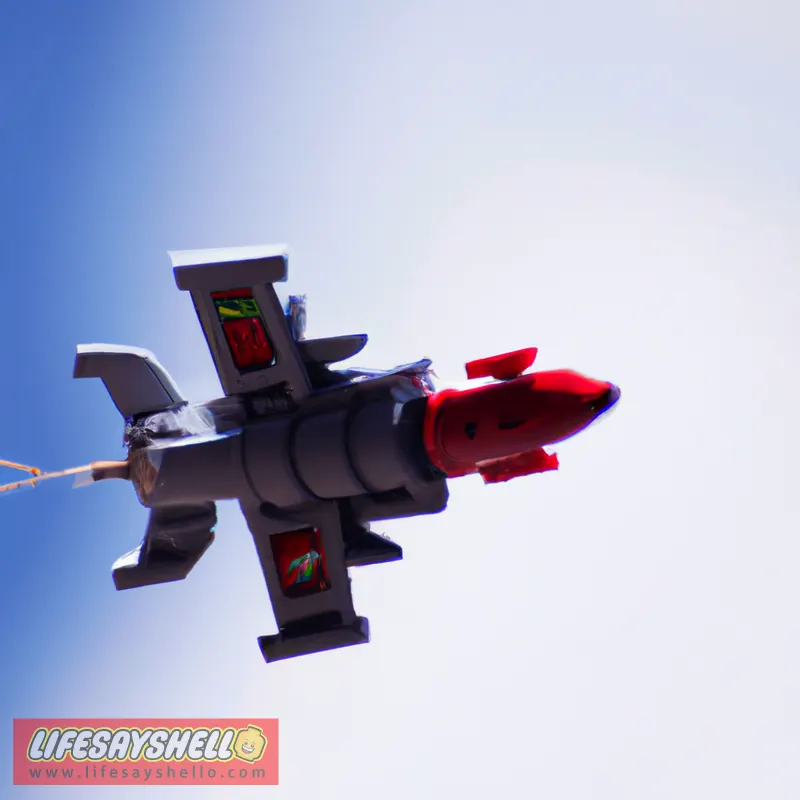The Roots of the Russia-Ukraine Conflict: A Struggle for Power and Territory

The ongoing conflict between Russia and Ukraine, which erupted in 2014 and remains one of the biggest geopolitical crises today, has roots going back centuries. This article will examine the historical background of Russia-Ukraine tensions, key events like the annexation of Crimea and the Donbas insurgency, and Russia's motivations for invading Ukraine in 2022. It's a struggle for power and regional influence with major global implications.
Historical Ties Between Russia and Ukraine
To understand the current Russia-Ukraine conflict, it's important to first look at the two countries' long intertwined histories. Modern-day Ukraine emerged from the ruins of the Russian Empire and the Soviet Union.
After the Russian Revolution in 1917, Ukraine was one of the founding members of the Soviet Union when it was established in 1922. Over the next decades, Ukraine functioned as a Soviet socialist republic within the USSR.
But Ukraine has long had its own distinct culture and identity, which often put it at odds with Soviet plans and Russian domination. This caused major rifts and tragedies like the Holodomor in the 1930s, when Joseph Stalin's policies led to millions of Ukrainians dying from starvation.
When the Soviet Union collapsed in 1991, Ukraine finally gained independence after centuries of Russian imperial and Soviet control. But the country's transition to democracy and alignment with the West has been met with resistance from Russia.
Russia's Sphere of Influence in Former Soviet States
A major priority for Russia after 1991 was maintaining its sphere of influence over former Soviet countries. However, Ukraine increasingly looked to integrate with Western institutions like the European Union and NATO in the 2000s and 2010s.
Russia pushed back strongly against Ukraine building closer ties with the EU and NATO. It wants to keep Ukraine and other nearby countries like Georgia within its own geopolitical orbit.
Losing influence over Ukraine is seen by Russia's leadership as a major strategic threat. That's because it could potentially lead to NATO military infrastructure getting closer to Russia's borders.
The Annexation of Crimea in 2014
In early 2014, Russia made its first major 21st century move to pull Ukraine back into its sphere of control.
In February and March of 2014, Russian special forces and troops without official insignia took effective control of the Crimean Peninsula. Crimea is an autonomous republic within southern Ukraine that juts into the Black Sea.
Within several weeks, Russia annexed Crimea, claiming the territory was historically part of Russia. A disputed referendum showed majority support in Crimea for joining the Russian Federation.
But Ukraine and nearly all United Nations member states condemned the annexation as an illegal occupation of Ukrainian territory. Russia's actions in Crimea marked the start of a conflict that has simmered for over eight years now.
Insurgency and War in Ukraine's Donbas Region
In addition to annexing Crimea, Russia also helped instigate a separatist insurgency in April 2014 in eastern Ukraine's Donbas region.
The Donbas has a significant population of ethnic Russians and Russian-speakers. Russia provided military aid and personnel to separatists in the Donetsk and Luhansk oblasts that collectively form the Donbas.
This sparked an armed conflict between Ukrainian government forces and the pro-Russian separatists in Donbas. Dozens of thousands have died over the past eight years in the fighting.
Despite ceasefire agreements like the Minsk Accords, the Donbas conflict has remained frozen, with regular exchanges of fire across the frontlines. The separatist regions receive significant backing from Russia.
The Road to Russia's 2022 Invasion of Ukraine
In 2021, warning signs emerged that Russia was preparing for more significant military action in Ukraine. Satellite imagery showed a massive build-up of Russian troops, tanks, and equipment along Ukraine's borders.
Russia also conducted joint military exercises with Belarus, which neighbors Ukraine. This positioned Russian forces just a short distance from Ukraine's capital Kyiv.
When questioned about the troop buildup, Russian officials denied plans to invade Ukraine. However, in February 2022, Russia launched a full-scale military invasion of Ukraine from multiple directions.
Russia's Motivations for Invading Ukraine
The 2022 Russian invasion of Ukraine needs to be understood in the context of Russia's long-term strategic goals related to Ukraine:
Preventing Ukraine from joining NATO - Keeping Ukraine either neutral or in Russia's sphere of influence, thereby preventing a further eastward expansion of NATO.
Regaining influence over former Soviet states - Reasserting Russian power over territories it lost after the collapse of the USSR, with Ukraine being a priority.
Protecting Russian minorities in Ukraine - Russia claims its invasion was partly to defend ethnic Russians in eastern Ukraine from supposed threats by Ukrainian authorities, a view heavily disputed by Ukraine.
Boosting Putin's domestic prestige - The invasion may help boost Russian President Vladimir Putin's strongman image among Russians and shore up his lengthy rule.
Beyond just Ukraine, the current conflict is also seen as a heated rivalry between Russia and Western powers like the United States and NATO allies.
Halting NATO/EU expansion - Stopping Ukraine from joining Western pacts could signal to other countries to not align with the EU or NATO.
Undermining Western influence - More broadly, Russia wants to counter what it sees as excessive Western sway globally, especially in Eastern Europe and Central Asia.
Reclaiming great power status - Restoring Russian prestige and influence on the world stage as a counterweight to the U.S. may be a motivation for Putin.
So in many ways, Ukraine has become a battlefield for much bigger geopolitical aims. Russia wants to maintain its regional dominance and keep Ukraine out of Western institutions. But Ukraine has shown a strong desire to move out of Russia's shadow.
Conclusion
The tensions between Russia and Ukraine have complex roots going back centuries, with Ukraine often under Russian imperial and Soviet control. Russia's 2014 annexation of Crimea and backing of separatists in eastern Ukraine set off the current active phase of the conflict.
In 2022, Russia launched a full-scale invasion of Ukraine, aiming to control the country and keep it within its geopolitical sphere. But Ukraine has put up stiff resistance, leading to a bloody conflict with major global impacts.
At its core, the Russia-Ukraine war is a struggle for power, influence, and regional dominance, with control over Ukraine representing a strategic priority for Russia. This bitter conflict shows no signs of resolution anytime soon.




Comments